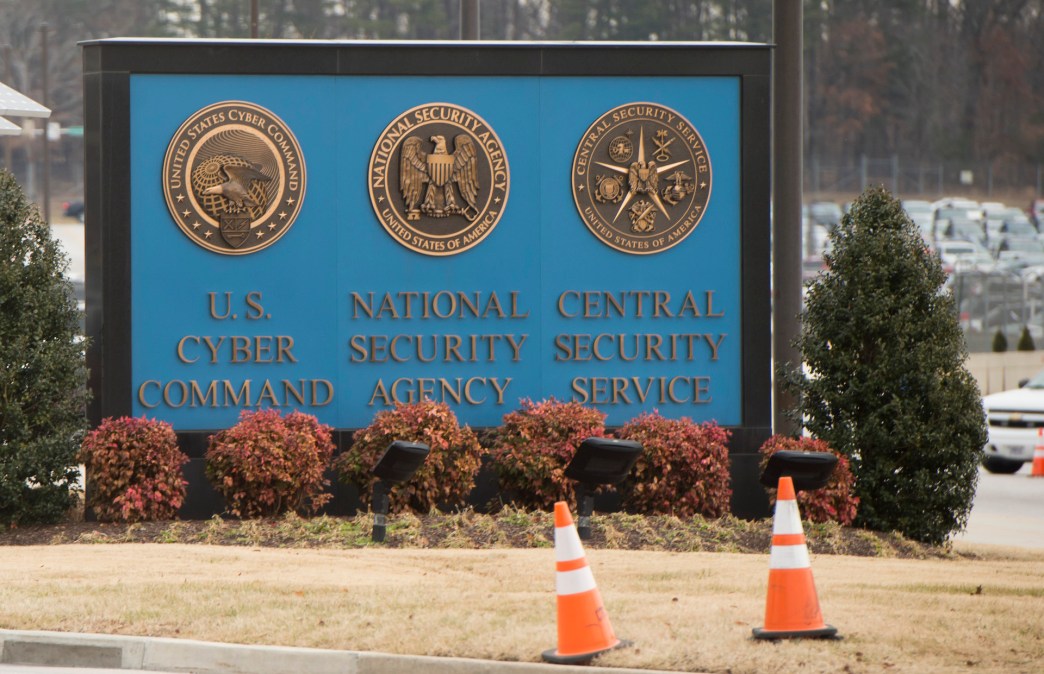US Cyber Command releases first full budget

The Department of Defense’s fiscal 2024 budget includes U.S. Cyber Command’s first-ever budget request as it assumes full budget authorities and resources for the cyber mission force.
While no topline budget or number has been released or announced by the command or DOD, budget documents released by the Pentagon detail Cybercom’s operations and maintenance budget request of $332.6 million for its headquarters, a procurement budget request of $129 million and a research, development, test and evaluation budget request of $1.1 billion.
The DOD as a whole is committing $13.5 billion to cyberspace activities in fiscal 2024, which includes a raft of activities that include Cybercom, such as zero trust, encryption and support to the defense industrial base.
Previously, the services were responsible for funding capabilities and personnel that fed up to Cybercom. However, in the fiscal 2022 National Defense Authorization Act, Congress granted Cybercom enhanced budget authority, which provides direct control and management of planning, programming, budgeting and execution of the resources to maintain the cyber mission force.
Cybercom was previously responsible for executing a budget of around $600 million mostly for its headquarters.
“Enhanced budgetary control (EBC) gives USCYBERCOM the ability to directly allocate resources for greater efficiencies during the Department’s programming phase and ensure they remain aligned with priorities through execution. EBC will lead to better alignment between USCYBERCOM responsibilities and authorities for cyberspace operations,” Gen. Paul Nakasone, commander of Cybercom, provided in written Congressional testimony last week.
The significance of Cybercom’s first budget with a program objective memorandum – or POM, which sets fiscal plans for future years – is that it now has greater oversight over the programs, capabilities and readiness of its teams.
As the command matures, it has gained significantly more “service-like” authorities for things like acquisition similar to Special Operations Command and typically not found with other combatant commands.
“The FY24 budget is a significant milestone for CYBERCOM, since this is our first planned budget submission under our Enhanced Budget Control authorities,” a command spokesperson said to DefenseScoop.
This is a big step for the still-young command after Congress granted it $75 million in acquisition authority just seven years ago in a crawl, walk, run methodology to ensure Cybercom couldn’t bite off more than it could chew. Despite some members of Congress over the years expressing skepticism regarding the execution of its acquisition dollars, it now will be responsible for executing significantly more.
Congress has also now directed the command to establish a program executive office in order to manage all the capabilities it will now oversee. That is mandated to fully stand up in fiscal 2027, though the command has already taken steps to begin putting those mechanisms in place.
“Our resourced informed plan is to have an IOC PEO by FY25 to begin a phased transition from the [military departments] PEOs but retaining the absolute goodness of the existing [program management offices] on a reimbursement basis for the Command,” Michael Clark, director of J9, acquisition and technology directorate at Cyber Command, wrote in a LinkedIn post in December.
Previously, the military services provided the funds and budgeting for Cybercom’s major weapons programs, part of its Joint Cyber Warfighting Architecture (JCWA), its platform for conducting military cyber operations that is broken down into several components and systems.
Under this new paradigm, funding for major acquisition programs that the services were directing on behalf of the command will shift to Cybercom, although the services’ program executive offices and program managers will continue to execute the programs.
In last year’s budget materials, the services did not provide numbers for future years spending on JCWA items as is typical, noting “[i]n response to Section 1507 of the FY22 NDAA, the FY24+ funds … will be transferred to USCYBERCOM to be responsible for the planning, programming, budgeting, and execution of the resources.”
Cybercom’s $1.05 billion RDT&E request includes much of the components of the JCWA.
More Cyber Mission Force teams
The DOD’s budget request also funds an additional five Cyber Mission Force teams, from 142 to 147.
As initially conceived in 2012, the Cyber Mission Force – which is composed of cyber teams that conduct offensive, defensive and intelligence and support operations on behalf of Cybercom – set out 133 teams. That number has stayed the same since, despite a rapidly changing global landscape.
The fiscal 2022 budget added growth to that structure for the first time, approving a phased approach between fiscal 2022 and fiscal 2024 to add 14 additional teams.
The first build was four teams in fiscal 2022, five in fiscal 2023 and now five teams in fiscal 2024, bringing the total to 147.
Editor’s note: A previous version of this story misstated the budget Cybercom will inherit.






